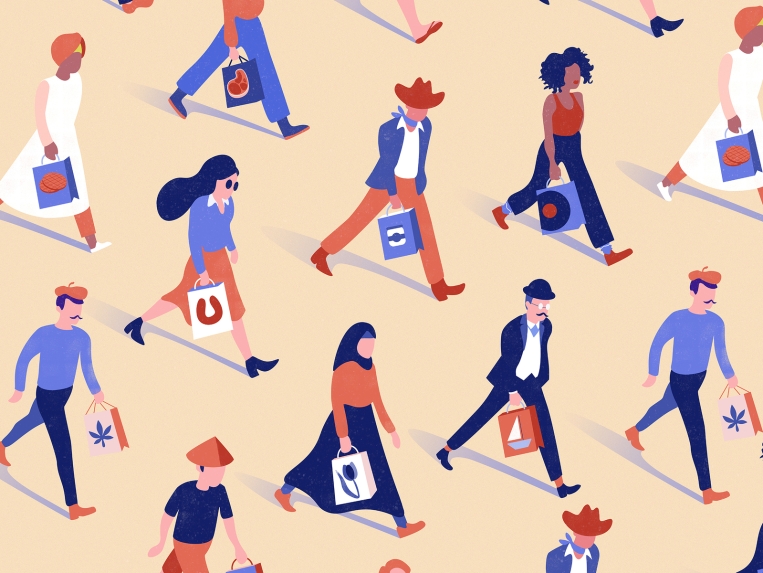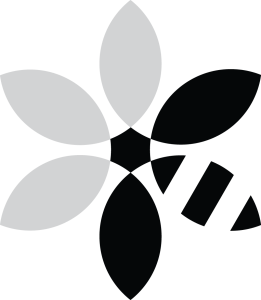 Why Here?
Why Here?
This is a topic which can eat up a good amount of time in any interview. Today’s early interview journey occurs offline and out of the office. I decided to create an online version of a walk-thru.
Three Resumes, One Person
Why three resumes? One resume is made for scanning/scoring and based on MS Word. This version is based on the consultant type layout. It’s a bit ugly but it’s more scannable by machines. The second version is designed and branded to my personal brand. The PDF version is purposely designed and demonstrates design aesthetics in the resume formatting for humans. The third version is NEW – Being that I’ve spent 7 years at Lilly, it made sense to have a Lilly Resume which can accommodate details of the past 7 years Lilly responsibilities. Two versions are available here on my website. Designed PDF / formatted Word Doc, but the third version must be requested.

Tell me about yourself.
I started early with an attraction for general art (drawing, painting, etc.) and the attraction of creative endeavors. My pre-college days guided me from art to graphic design. Out of college (Herron) I spent my first years at a small yet progressive firm (Dean Johnson Design) and then later at a advertising agency (Young & Laramore) for 4 years. I then moved on to a large IT company (Whittman-Hart) and went deep into website design. At this point in my career, I thought I’d give in and try to start my own design company – This is when Jerry Velasco Studio (JVS) began. After 2 years, I started employment at large, growing local IT firm (Fusion Alliance). This is were I grew a 16 year relationship with Fusion. Skills came from a small but growing User Experience practice. The bulk of skills were: web design, UX design & research. Most work focused on a mix between external clients and Internal Fusion needs: people management, identity design, marketing support. Afterwards, I joined a medium-sized IT company (OneBridge formally SmartIT) Most of my time was never at Onebridge. Through the Pandemic, I worked at home and then settled into a hybrid model working on location from Lilly 2-3 days per week. Most recently in the past 7 years I have worked in 6 different areas of Lilly. A majority of my Lilly challenges always seem to center around ‘modernizing’ legacy applications. The specific Lilly areas I worked in/on were: Asset Sharing App – CLU/REESE, Lilly USA – Marketing App, Advanced Analytics Data Sciences – AADS, Electronic Clinical Trial Software – eCTS, Dynamic Scenario Planning App, Internal UX Agency Model. I can’t share work product online but I can share stories.
Software of Choice
I’m an avid user of Adobe Illustrator for its long history of vector-prowess and its relationship to print. Photoshop is still the king of image manipulation. Newly-learned mid 2023 is Figma. Seems Figma is taking over for the Sketch app for producing screen design and prototyping.
Two Ways I’ve Been Categorized.
An individual can be categorized in many ways but these two mentioned, made a difference in my life and how I work with my environments.
Strength Finder 2.0: This movement started out as a book, where an individual finds there core 5 strengths. Typically in organizations, people focused on what they didn’t do well and attempted to improve those areas. This book was different. It gave people permission to focus their top 5 traits instead of their weaknesses. This helped individuals understand their skills. The book also suggested to compensate for missing skill by combining in groups by their dissimilar strengths.
My top 5 strengths are:
- Connectedness
- Futuristic
- Strategic
- Ideation
- Adaptability
Giver, Taker & Matcher: I went to a TED lecture series and saw Adam Grant give his view on these 3 distinct types of people. Of course, I had to take the test. I found out that I was a ‘matcher’. I believe in an ultimate state of balance in all things – it is a huge part of of how I see things around me.
What does your future look like?
Finding full-time home at a organization that is progressive in the new ways of developing people and business process (fail-fast, fluid thought, design thinking and Agile). The organization will also understand everything UX is and is not. A bonus would be if they had a dedicated room for testing and the ability to have a persona room(s).
Influencing People Along my Career Journey:
When I was writing ‘Tell me about yourself” part of this story, I couldn’t help but remember the people that helped shape my development. These are people at organizations who gave me incentive, and pushed me to think differently.
[Please note: This not a list of references.]
Herron School of Art and Design – Paula Differding | Steve Manheimer
Dean Johnson Design – Bruce Dean | Scott Johnson | Lloyd Brooks
Young & Laramore – David Young | Jeff Laramore | David Hoppe | Charlie Hopper | Carolyn Hadlock | Pam Keliher
Whittman-Hart – Julia Moran-Martz | Brett Brewer | Stacy Kagiwada
Fusion Alliance – Denise Dilworth | Bill Dawson | Stacy Sallmen | Kaley Dobbs | Stacy Kagiwada | Quinn Osburn | Julie Sterle-Hobarty | John Harrison | Mandy Sellers | Jodi Adair | Stephan Vincent | Dan Laughlin | Thom Krohn | Summer Pounds-Lawrence | Barry Crist | Steven Erickson | Amy Denison | Jenny Banner
OneBridge formally SmartIT – Matthew Crissman | John Harrison
Others I didn’t Work With but still influenced me along the way – Michael Miserendino | Vince Freeman | Paul Wilson | Ken Honeywell | Greg Perry | Jim Sholley | Richard Kolkman | Candace Lorimer
———
Text that was cut but still meaningful:
I have always had an appreciation of sociology and human interaction – I immediately fell in love with digital applications of visuals and branding on the internet.
Resumes for different uses.
In resume classes, I found out that their is a technique to create or edit resumes to use words in a job description. On a completely academic sense I get this purpose but the IT part of me asks, “How is the scoring actually being conducted?” Think of it this way – The class I took has been going on weekly for 3 years and people like me are creating targeted resumes afterwards. That’s a lot of targeted resumes. I get it if you were to review data that shows success rates of ‘targeted’ verses ‘non-targeted’ resumes. If everyone is doing the same targeting skill how does that create an advantage for anyone?
Resume Scoring is real.
Rezscore.com – This analyzes your resume content and helps you to see how it might get ranked. I am skeptical since there is a page that touts a service to which will re-write your resume for $65 – $245.
Ideal.com – Scoring software for HR. “Using Ideal’s resume screening software employers can identify candidates who will stay longer and perform better. Ideal uses all your data sources to consistently identify talent that succeeds, improving your long-term quality of hire.”
Targeted Resume: A targeted resume focuses on a specific job opening. The targeted resume is written to highlight the skills and experiences relevant to a particular position. … Also, a targeted cover letter is typically written to accompany the resume when applying for jobs.
Text-Word Doc Resume: Focuses entirely on marine scoring and entry. The less formatting the better. Apparently a text or word formatted resume is the easiest for machines to scan, input and score. How do I write a targeted resume?
Visual Resume: Focuses
Resume Scoring: Scoring machines Vs. People Scoring People
However, luck was not on my side, the tech bubble was in full swing building up pressure from over-inflated fear of Y2K. In 2001 the bubble burst and the tech industry went into a tailspin dragging down all sorts of markets that were taking advantage of the internets bloated false marketing. A couple of months later, 911 happens in 2001 and tilted markets and changed America forever.
